Sakuu Unveils Kavian Technology: Lithium-Ion Battery Lifespan Doubled
Sakuu’s innovative dry-printing process for battery electrodes could revolutionize the future of electric vehicles.
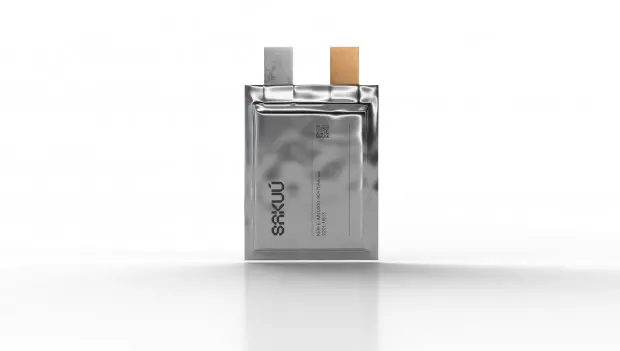
A new electrode manufacturing method may reshape the battery market. Sakuu claims its breakthrough doubles the lifespan of lithium-ion cells — a development that could have major implications for electric vehicles. Industry experts are already weighing in on what this could mean for the sector.
In recent years, the performance and longevity of EV batteries have become key concerns. Many drivers worry that a battery might wear out before the car itself, forcing a costly replacement of the vehicle’s most expensive component. This issue is especially relevant for lithium-ion batteries, the dominant technology powering today’s electric cars.
Currently, the industry standard for nickel-manganese-cobalt (NMC or NCM) cells is that they retain at least 80% of their capacity after roughly 2,000 charge-and-discharge cycles — the minimum threshold for automotive use. But according to Autoevolution, Sakuu has developed a novel electrode production process that could upend these expectations.
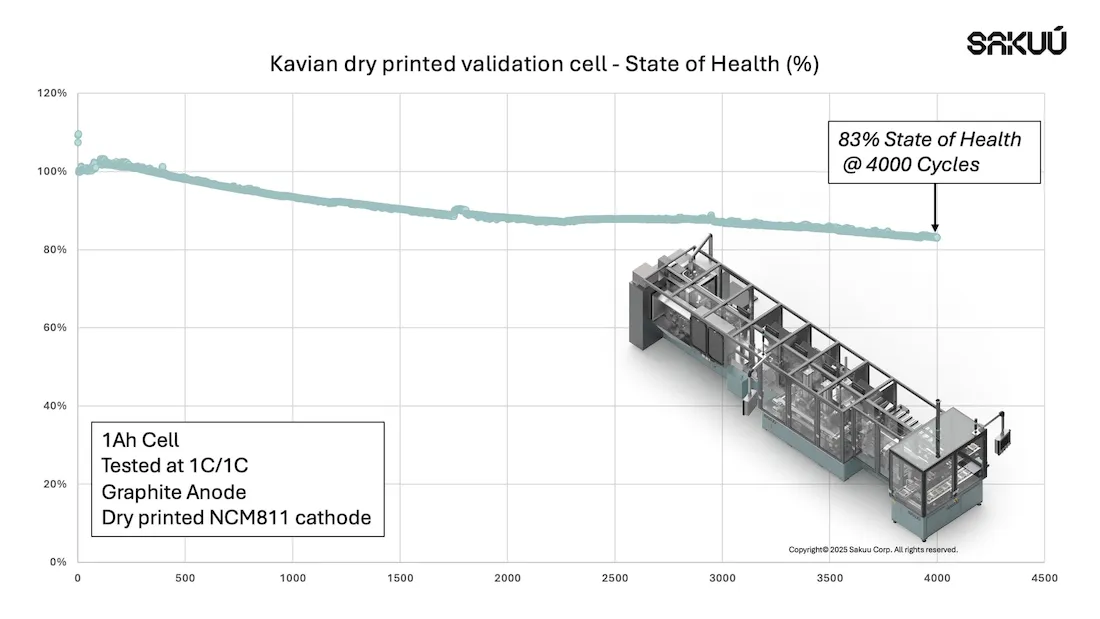
The technology, named Kavian, is based on a dry-printing method for creating electrodes. Unlike traditional techniques that rely on liquid components and lengthy drying stages, Kavian produces electrodes without solvents. This not only simplifies manufacturing but also makes it cleaner, faster, and more cost-efficient.
The key advantage of Kavian is its dramatic impact on battery longevity. Sakuu reports that cells made using this method maintain over 80% capacity even after 4,000 cycles — effectively doubling the typical lifespan of lithium-ion batteries. In practice, this means EV owners could drive significantly farther over the life of their vehicle without worrying about battery degradation, enhancing both reliability and value.
Experts say innovations like this could become a true turning point for the industry. Longer-lasting batteries could reduce total ownership costs and cut down on waste from old cell disposal. Moreover, the dry-printing process could make large-scale battery production more efficient and affordable.
Although the technology is still in development, it’s already drawing strong interest from automakers and energy specialists. If Sakuu’s claims hold up in real-world testing, the EV market could soon enter a new phase — one defined by longer range, lower maintenance costs, and more sustainable production.
You may also be interested in the news:
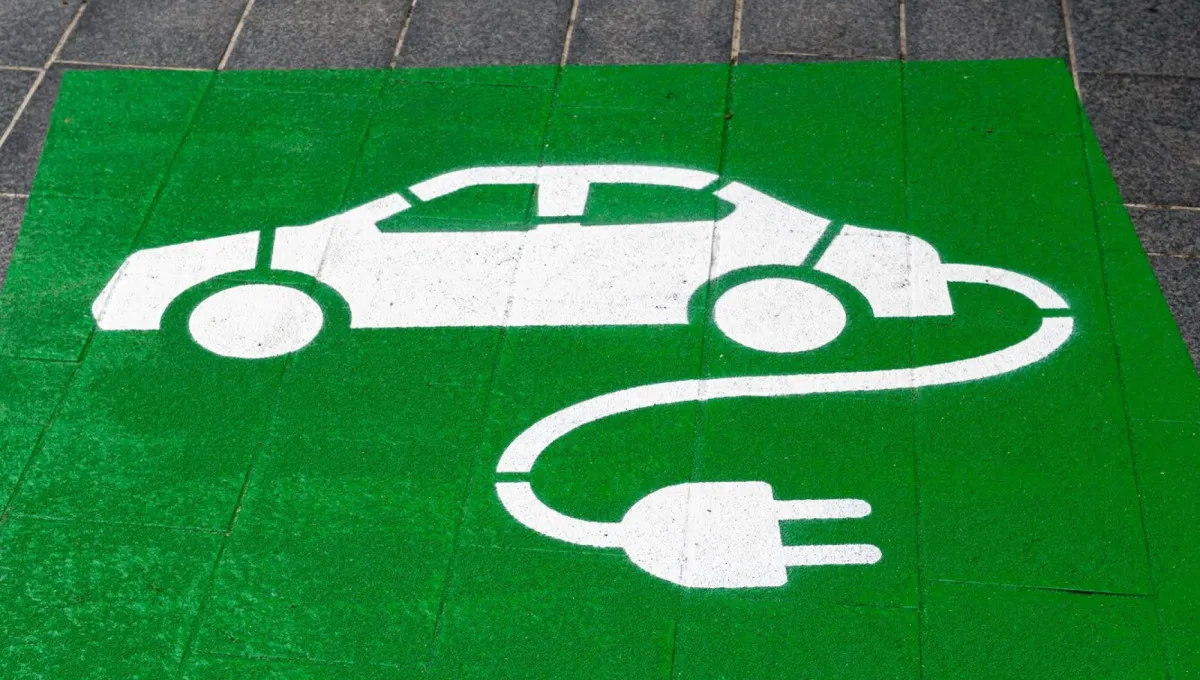
The Most Unreliable Electric SUVs Revealed: 5 Models That Break Down the Most
A recent study has identified the top five least reliable electric SUVs on the market.

Good News for EV Owners: One Less Reason to Stress—Tesla Finds a Way to Make Life Easier
Finding your car in a parking lot just got faster and simpler as Tesla updates its app.
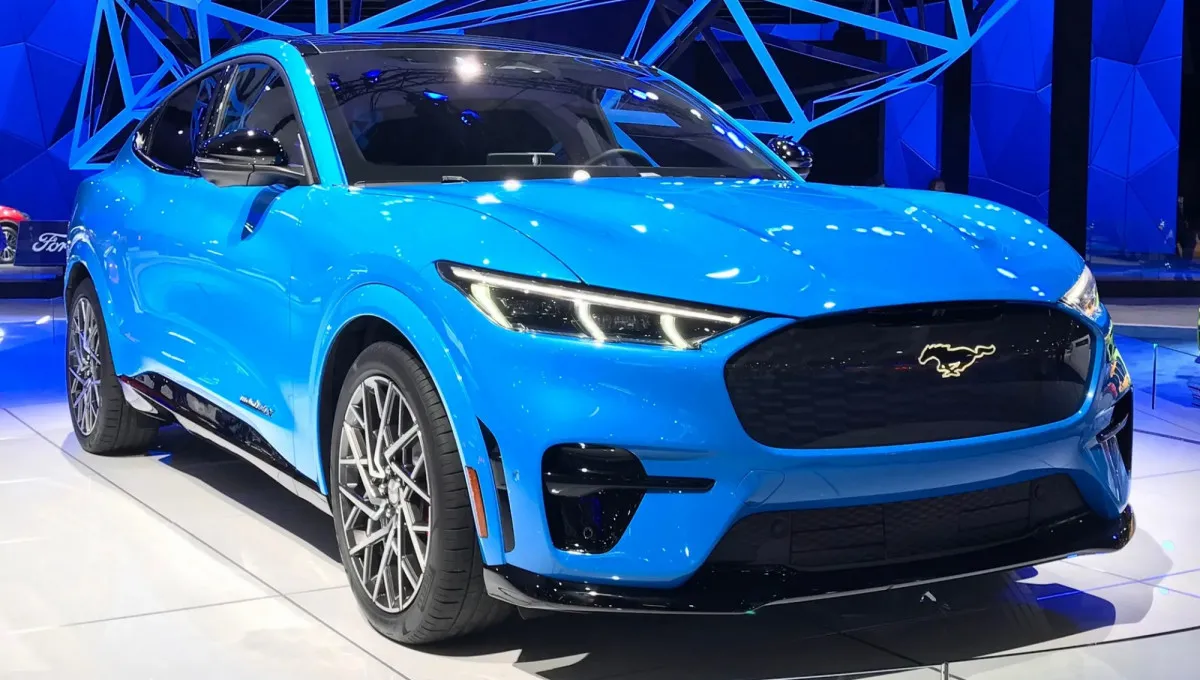
Drivers May Not Notice Right Away: Ford Drops One of the Most Practical Features from the Mustang Mach-E
With the arrival of the 2026 model year, the Ford Mustang Mach-E has received a series of targeted updates.
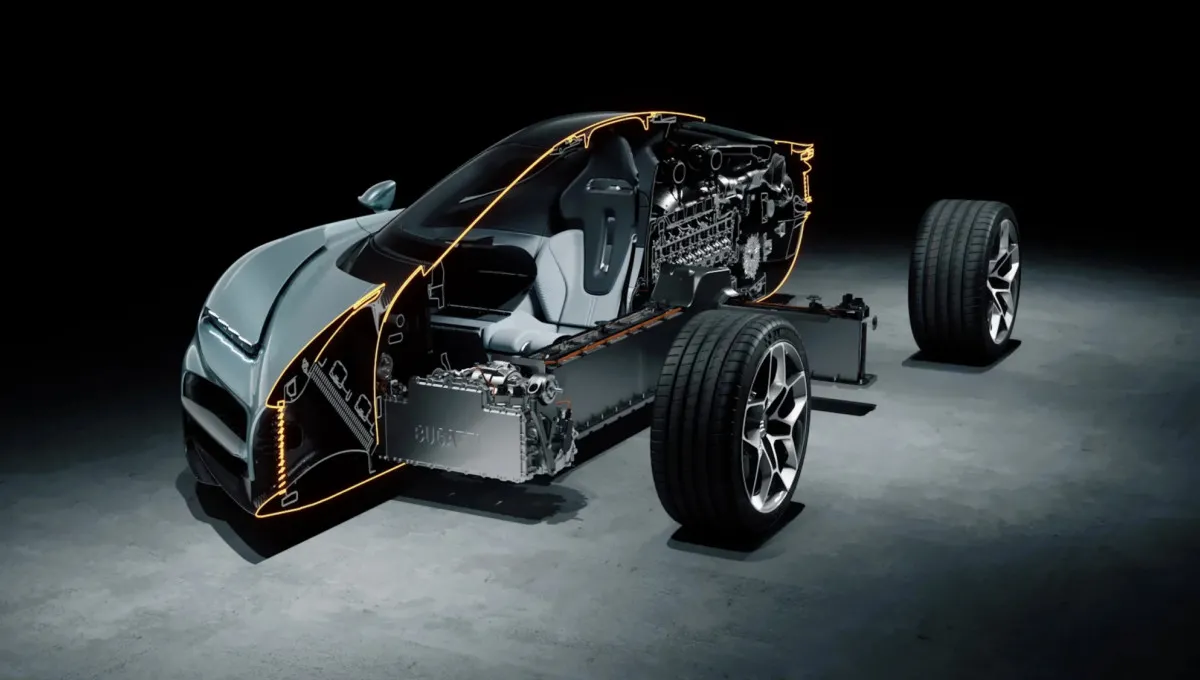
Bugatti’s 2030 Hypercar Could Feature a Solid-State Battery Developed by Rimac
The engineering firm confirms its next-generation battery is nearing real-world testing
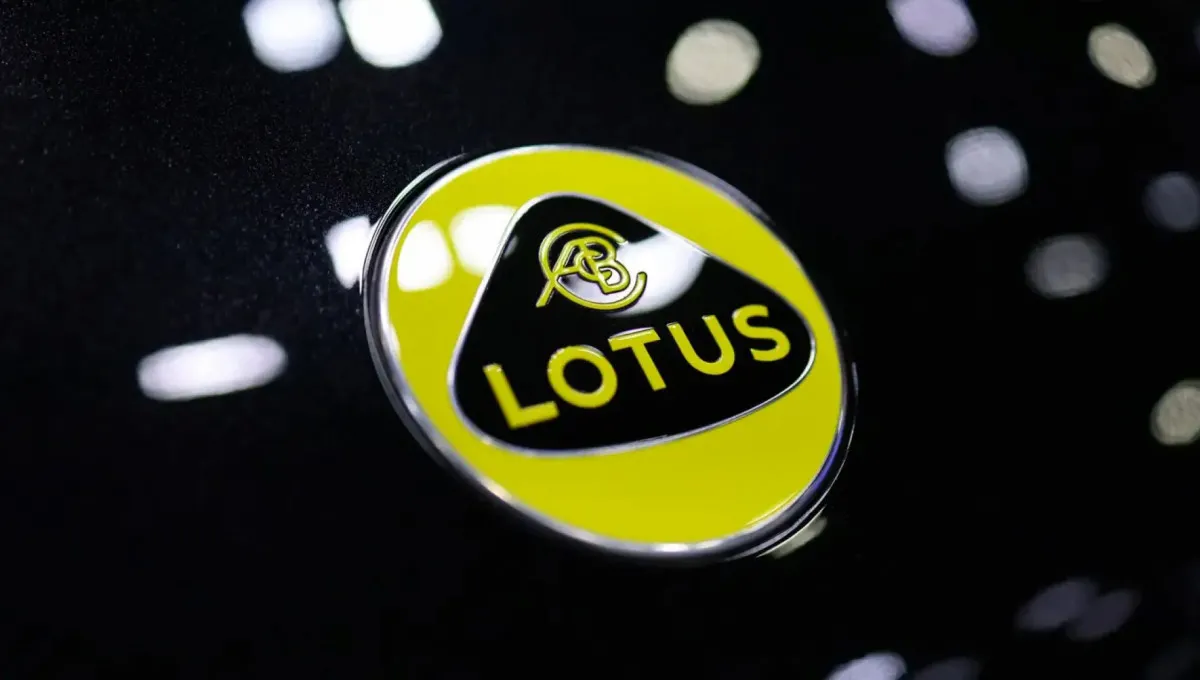
Lotus Builds Its First-Ever Plug-In Hybrid After 77 Years, Promising a Market Shake-Up
Lotus Technology has unveiled the first PHEV in the brand’s history